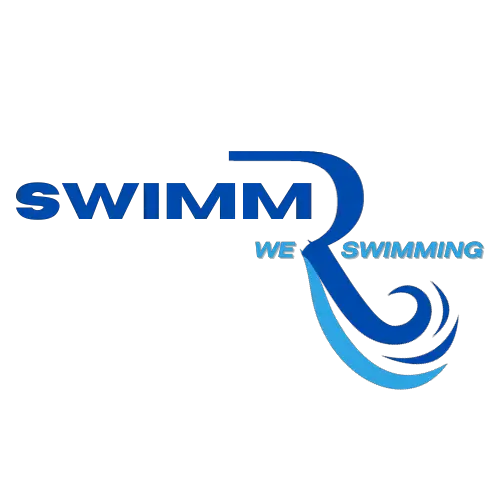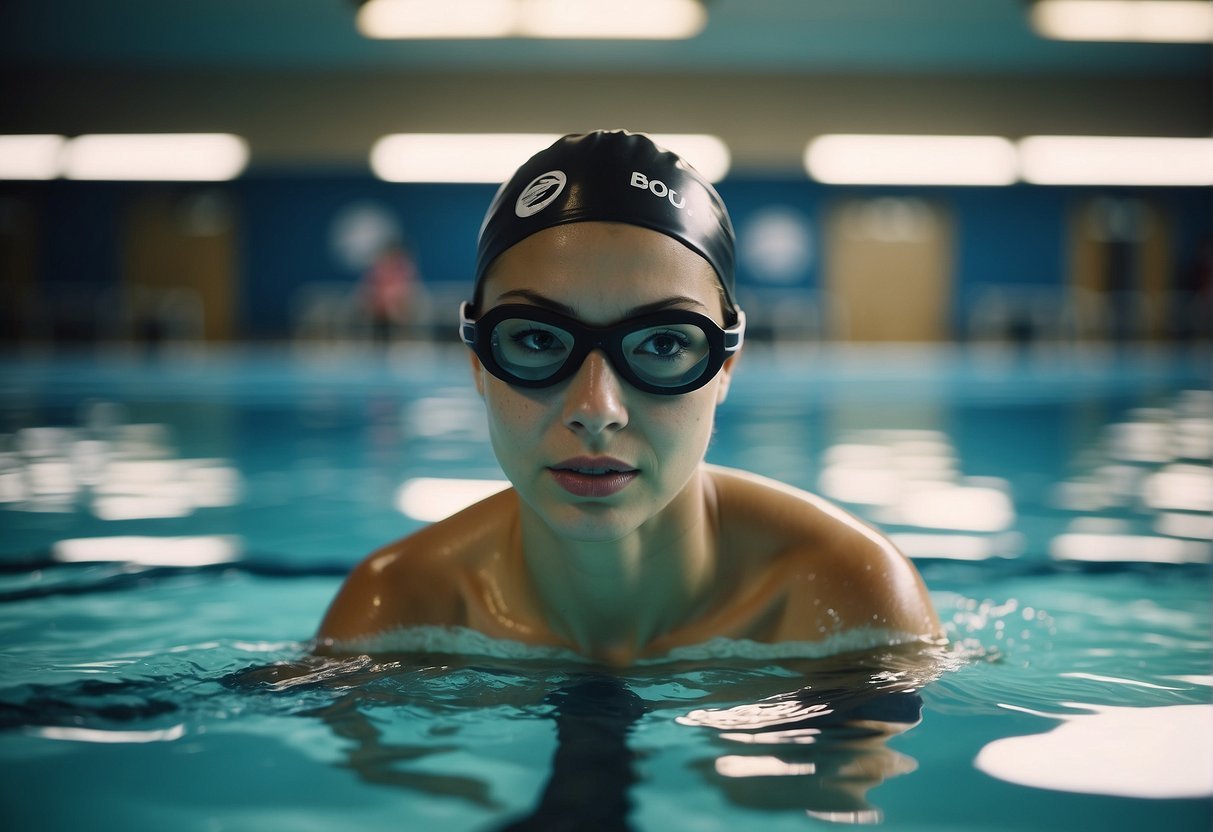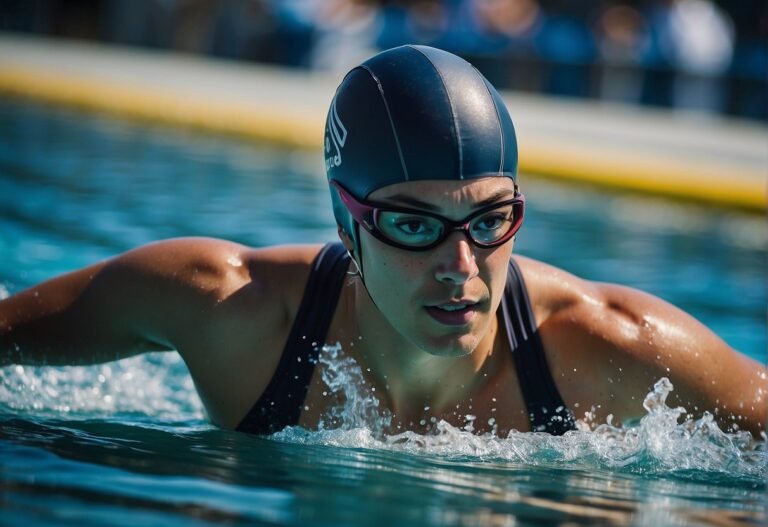Turn your passion for the pool into a rewarding career with “How to Become a Swim Instructor: 7 Expert Tips,” your ultimate guide to teaching, techniques, and making a splash as an instructor.
How to Become a Swim Instructor? Swim Instructor Certification

Certification Options
Your first step is to understand the various certification options that are available to you. The most recognized certifications are through the American Red Cross and the YMCA, which provide comprehensive training encompassing water safety, swim technique, and teaching methodologies.
- American Red Cross offers the Water Safety Instructor (WSI) certification, which is well-regarded and allows you to teach across a broad age range and skill level.
- Swim Lessons University is another option, focusing on video-based training, combined with an in-person assessment.
These programs cover a range of skills from beginner to advanced levels. Typically, certifications remain valid for a specific period, generally 2 years, after which you will need to undergo a recertification assessment to ensure your skills and knowledge are up-to-date.
Selecting an Accredited Program
Choosing an accredited program is crucial for credibility and employment opportunities. When considering which program fits your needs best, keep the following in point:
- Reputation: Look for programs with positive feedback and a strong reputation within the swimming community.
- Accreditation: Verify that the program is accredited and recognized by aquatic associations and possibly your state authorities.
- Curriculum:
- Does the program cover all essential aspects of swim instruction including safety, stroke techniques, and learning strategies?
- Are life-saving skills such as CPR and First Aid included in the training?
Developing Teaching Expertise
Mastering Swim Techniques
To teach others, you need impeccable swimming skills. Begin by refining your technique in all major strokes—freestyle, breaststroke, butterfly, and backstroke. Evaluate your swim skills against performance benchmarks for each stroke. The swim skills evaluation should encompass speed, endurance, and form.
- Freestyle: Ensure streamlining and consistent breathing patterns.
- Breaststroke: Focus on timing synchronization between arms and legs.
- Butterfly: Work on powerful dolphin kicks and upper body strength.
- Backstroke: Improve your arm rotation and stability in the water.
Learning Safety and Rescue Skills
Safety is paramount in all swimming environments. As a potential instructor, you need comprehensive safety training for swim coaches. This includes:
- CPR and First Aid certification to handle emergencies like drowning.
- Basic Water Rescue techniques to assist those in distress.
- Water Safety Instructor Training to anticipate and prevent potential risks.
Crafting Effective Lesson Plans
Effective lesson planning and teaching strategies are crucial in delivering successful swim lessons. Start with:
- Identify the skill level of students to create tailored lesson plans.
- Incorporate a mix of technical drills, games, and feedback for diverse lesson planning.
- Set clear objectives for each lesson to measure students’ progress.
- Be flexible in your approach; adjust your plan based on the students’ response and progress during teaching swim lessons.
Building a Successful Swim Instructor Career

Marketing Your Swim Lessons
To start, defining your target audience is key. Whether it’s children, adults, or both, understanding their needs will guide your marketing strategy. Here’s how to ensure your swim lessons stand out:
- Identify Your Unique Selling Proposition (USP): Are you specializing in aquatic fitness for adults or lifesaving skills for children? Pinpoint and promote this specialty.
- Utilize Social Media and Local Networking: Share success stories, client testimonials, and engaging content that showcases your skills as a water safety instructor.
- Offer Trial Classes: Let potential clients experience your teaching style with a discounted or free first session.
Enhancing Professional Skills
Your growth as a swim instructor involves continuously enhancing your professional skills. Follow these steps for ongoing development:
- Stay Certified: Keep your lifeguard training and water safety instructor certifications up to date.
- Understand Health Conditions: Be knowledgeable about common health conditions that could affect your clients, such as asthma or fear of water, to tailor your lessons.
- Develop Diverse Programming: Design a range of programs to cater to different age groups and skill levels, ensuring your offerings are inclusive and comprehensive.
FAQ:
What do you need to be a swimming instructor?
To be a swimming instructor, you need a recognized teaching qualification, like the SEQ Level 1 or 2 Swimming Assistant (Teaching), and a passion for coaching.
How much do swimming teachers get paid in the UK?
Swimming teachers in the UK typically earn between £18,000 and £30,000 a year, depending on experience.
What is a level 2 swimming teacher?
A Level 2 swimming teacher is qualified to plan and evaluate session plans, teach unsupervised, and mentor Level 1 instructors.
What is the ASA qualification?
The ASA qualification refers to the UK’s Amateur Swimming Association’s (now Swim England) certifications for teaching or coaching swimming.



